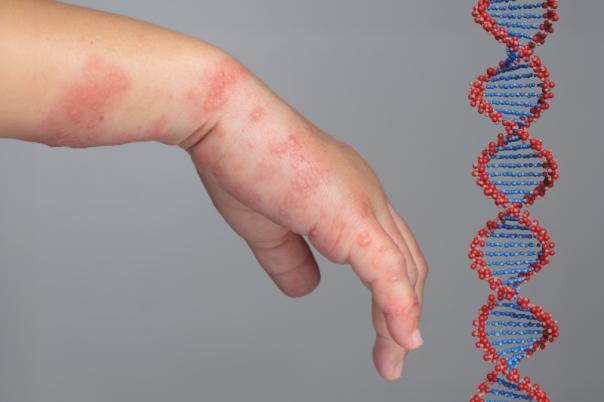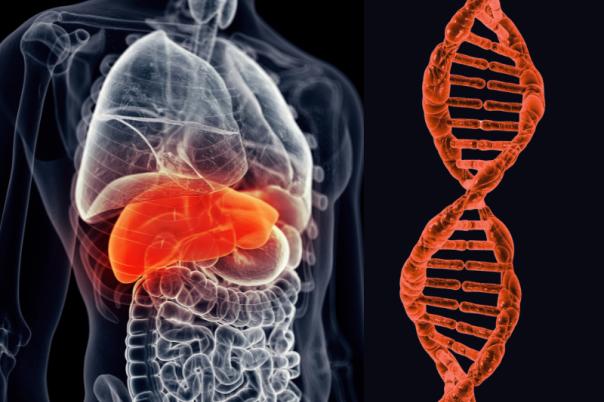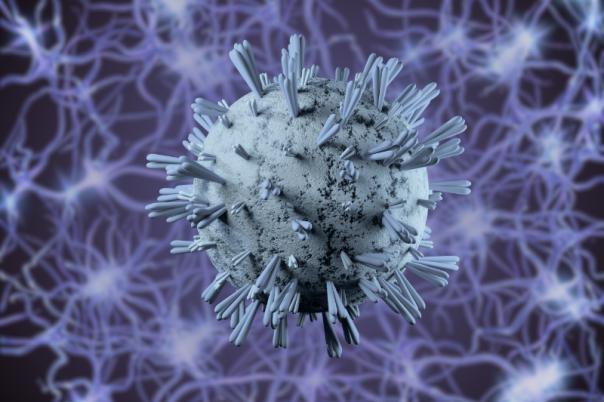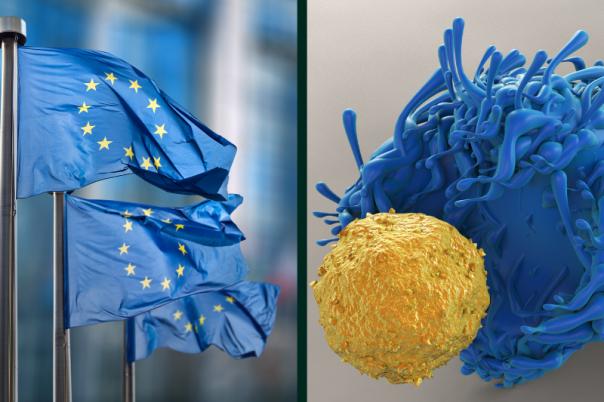In light of the COVID-19 pandemic, interest in mRNA vaccines has boomed. BioNTech developed its COVID-19 vaccine with Pfizer, which put BioNTech on the map for infectious diseases. Following this success, BioNTech has developed a stronger infectious diseases pipeline. Ruben Rizzi, Senior Vice President of Global Regulatory Affairs, discussed the company’s recent expansion into the immune oncology space.
Rizzi outlined BioNTech’s all-encompassing approach to oncology: “The way we see our developments in oncology is really in a holistic way. So, we don't want to focus on a single technology. We don't want to focus on a single target or modality.
We want to look into different oncology indications, populations, and treatment lines in a holistic way.” Furthermore, Rizzi explained that mRNA is highly versatile meaning it can be used to create a diverse pipeline for a variety of modalities.
The cancer vaccine approaches at BioNTech are divided into two key areas, iNeST and FixVac. Rizzi described iNeST as an individualised messenger RNA vaccine. It is developed by collecting tumour samples from each patient and their mutanomes are analysed to identify tumour mutations. Sequencing data selects the mutations that are a better target for a potential mRNA immunotherapy. Therefore, manufactured mRNA is fully individualised for each patient.
Whereas FixVac is an off-the-shelf mRNA that relies on fixed antigens, Rizzi explained: “You identify your targets and then you have your product for all the patients with the same mutations.” Overall, FixVac adopts a more traditional approach than iNeST.
mRNA is used to address the use of cell therapies for solid tumours, a highly challenging field. CLDN6 was identified as a suitable target, CLDN6 is almost absent or completely absent in healthy tissues and expressed through a variety of solid tumours. A second-generation CAR T-cell therapy combined with CARVac, an mRNA vaccine that enhances CAR T-cell persistence was developed around the target CLDN6.
From a regulatory standpoint, there is existing guidance, but the constantly evolving nature of the regulatory landscape means the guidance is subject to change. Rizzi also noted that: “There's still a high variability of country-specific region-specific territory specific experience, expertise in the assessment of cell therapies, in the assessment of clinical trials for cell therapies.” This means that there are different local requirements and a consistent regulatory framework for mRNA should be developed. mRNA vaccines are classified as gene therapies so the definitions of mRNA vaccines are still ambiguous so regulators are working on mRNA-specific guidance.
Rizzi ends on a hopeful note. So far, his work with combining cell therapies and mRNA is encouraging. Establishing an appropriate regulatory framework remains challenging but having these debates is crucial to informing what directions ATMPs should take and will help build better guidance for future therapies.





